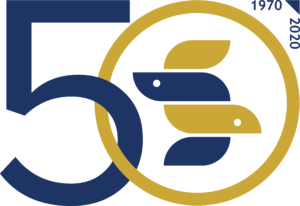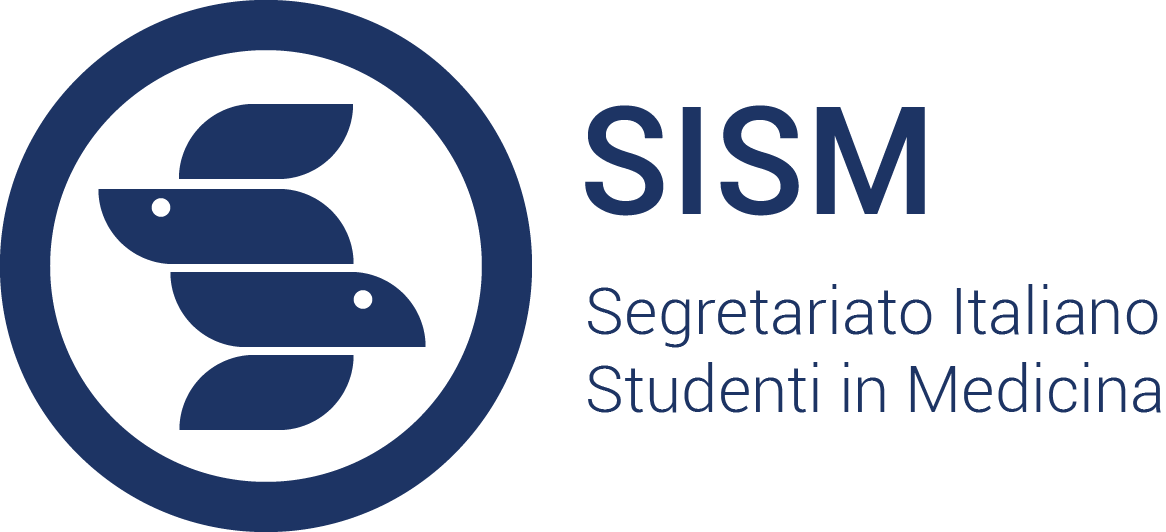
La fondazione ufficiale del SISM risale al 1970. Tuttavia, già alcuni decenni prima di allora, le Facoltà di Medicina vedono nascere e crescere i primi gruppi studenteschi, la cui progressiva evoluzione ha poi portato all’Associazione SISM come la conosciamo oggi.
Risalgono al 1944 le prime testimonianze di gruppi studenteschi in Medicina, ma è dal 1946 che l’associazionismo studentesco (e quindi di riflesso il “proto-SISM”) evolve radicalmente sull’onda della rinascita democratica post-bellica.
Proprio in quell’anno, infatti, nasce l’Unione Nazionale Universitaria Rappresentativa Italiana (UNURI) e i membri delle Associazioni studentesche si organizzano come rappresentanti degli studenti, seguendo e applicando a livello universitario le dinamiche politiche nazionali.
Una testimonianza importante la otteniamo proprio grazie ad un documento conservato nell’archivio dell’UNURI che, riportando eventi e attività organizzate dal Segretariato degli Studenti in Medicina tra il 1946 e il 1968, mostra come il “SISM” di allora agisse da portavoce attivo delle riflessioni e delle esigenze degli studenti e riconosciuto dai Presidi delle Facoltà di Medicina. Tematiche calde di quegli anni sono state la questione Esame di Stato e la Riforma delle Facoltà di Medicina alla luce delle esigenze europee, per le quali il “SISM” ha organizzato dei momenti di formazione e confronto rispettivamente nel 1957 e nel 1962.
Un anno fondamentale è stato sicuramente il 1968, che ha visto l’esplosione dei grandi movimenti studenteschi dell’epoca; anche in questa occasione il “SISM” ha fatto sentire la sua voce, non solo esprimendosi in modo critico e riformista in merito alla Riforma dei Corsi Universitari, ma affrontando il discorso critico sulla professione medica, insieme ai rappresentanti degli studenti in lotta e ai rappresentanti nazionali dell'Associazione Nazionale Aiuti Assistenti Ospedalieri (ANAAO). Lo scopo di quest’ultimo era provare ad armonizzare le proposte della legge sugli ospedali, il tempo pieno dei medici, le nuove professioni mediche e la formazione "attiva" attraverso seminari e "tutors" e non fondata sulla lezione "passiva" accademica, impartita dal barone o dai suoi assistenti.
La fase ufficiosa del SISM degli albori termina nel 1970 quando, per necessità dettate dall’International Federation of Medical Students’ Association (IFMSA), l’Associazione si regolarizza.
ENG:
The official foundation of SISM dates back to 1970. However, a few decades before, the Faculties of Medicine had already seen the birth and the growth of the first student groups, whose progressive evolution led to the SISM Association we know today.
The first evidences of medical student groups dates back to 1944, but since 1946 student associationism (and thus the “proto-SISM”) has evolved radically on the wave of the post-war democratic renewal. That very year, indeed, UNURI, Unione Nazionale Universitaria Rappresentativa Italiana (“National University Representative Italian Union”) was born and the students associations’ member organized themselves as students’ representatives, following and applying the national political dynamics at a university level.
We get an important testimony thanks to a record preserved in the UNURI archive that, reporting events and activities organized by Segretariato degli Studenti in Medicina (“Secretariat of Medical Students”) between 1946 and 1968, shows how the “SISM” of that time acted as an active spokesman of reflections and exigencies of students, acknowledged by Deans of the Faculties of Medicine. Hot topics of those years were the issue of the State Examination and the Reform of the Faculties of Medicine in the light of the Europeans requirements, for whom “SISM” organized various moment of formation and confrontation respectively in 1957 e 1962.
A fundamental year was 1968, that saw the explosion of the big movements of students of that time; in this occasion “SISM” made its voice heard, too, not only by expressing itself in a critical and reformist way with regard to the Reform of University Courses, but also addressing the critical discourse on the medical profession, together with the fighting students’ representatives and the national representatives of Associazione Nazionale Aiuti Assistenti Ospedalieri, ANAAO (“Assistants and Hospital Aid National Association”). The aim of the latter was to try to harmonise the bills regarding hospitals, doctors’ full time, the new medical professions and active formation through seminars and tutors, not based on passive lectures delivered by professors and their assistants.
The unofficial phase of the early SISM ends in 1970 when, due to requirements by the International Federation of Medical Students’ Association (IFMSA), the association had to regulate itself.
